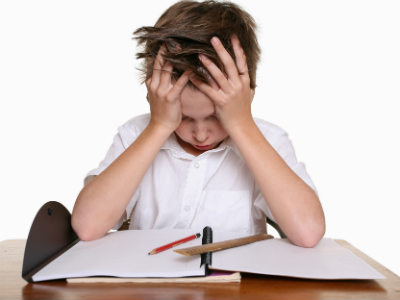 Imagine trying to do something new if the directions were blurry and you could not make sense of the diagrams – and then be asked to demonstrate what you learned. When certain skills have not developed, or are poorly developed, learning is difficult and stressful. That’s how vision problems can affect learning.
Imagine trying to do something new if the directions were blurry and you could not make sense of the diagrams – and then be asked to demonstrate what you learned. When certain skills have not developed, or are poorly developed, learning is difficult and stressful. That’s how vision problems can affect learning.
Even if a child passes a school screening, they can still have an underlying vision problem that was not tested for or detected. Vision can also change frequently during the school years so regular eye exams with an optometrist are important. The earlier a vision problem is diagnosed and treated, the less it will impact the child’s learning and quality of life.
Signs of Eye and Vision Problems in Children
- Frequent eye rubbing or blinking
- Short attention span with tasks
- Avoiding reading and other close activities
- Attempt to do the work anyway, but with a lowered level of comprehension or efficiency
- Frequent headaches
- Covering one eye or tilting their head to one side
- Holding reading materials close to the face or standing close to the TV
- An eye turning in or out
- Seeing double
- Frequently losing their place, skipping words or lines when reading
- Difficulty remembering what they read
When should children have an eye exam?
Children should receive a comprehensive eye and vision exam from an optometrist from pre-school through adulthood at least every two years – more frequently if specific problems or risk factors exist. Most health insurances cover it.
Did you know?
Eye doctors also treat eye injuries and infections like Pinkeye (Conjunctivitis)!